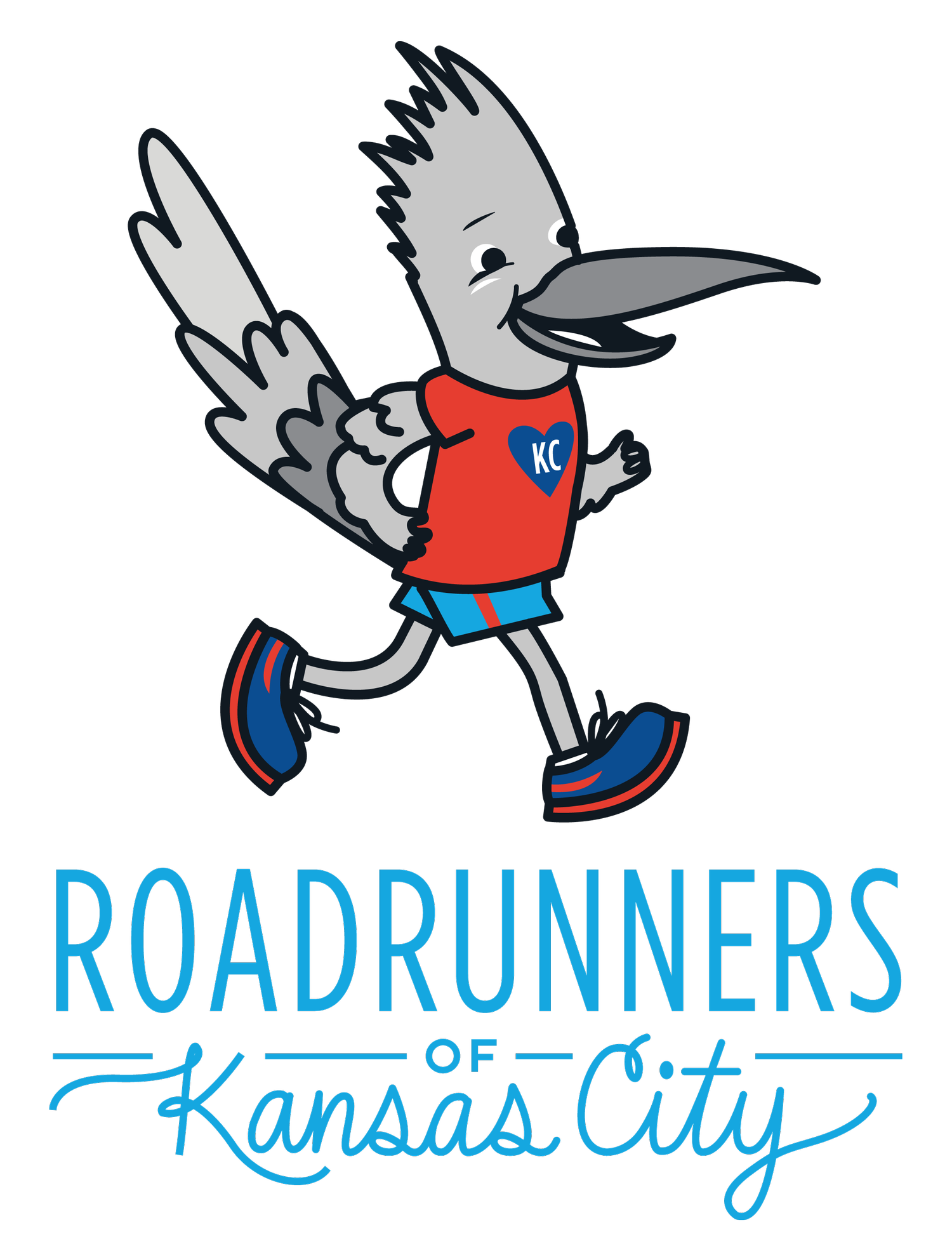How to Treadmill Safely - A Repost from Coach Amy
/Ice, deep snow, and sub-zero temperatures are driving many endurance athletes indoors to the treadmill this winter. Unfortunately, running a long distance on the treadmill may do more harm than good especially if used as a short-term substitute for overground running without adjusting for the fact that it is a different surface. In this article, Coach Amy explains why runners should exercise caution when choosing the treadmill and shares tips on how to treadmill safely.
The way our joints and muscles respond to running is different on different surfaces such as grass, mud, rock, sand, or rubber track. There is not yet a consensus among researchers as to the differences between overground running v.s. treadmill running, however many sound studies show a significant difference in the forces or load on certain muscles and joints when comparing the two surfaces. Riley, P. “A Kinematic and Kinetic Comparison of Overground and Treadmill Running.” Medicine and Science in Sports and Exercise. 2008.
Because of these differences, runners could sustain injury if they try to run too long or far on a surface that is new to them. I see injuries in the clinic every winter when non-treadmill runners jump on a treadmill to “get in a long run.”
So what is an endurance athlete in the winter supposed to do when a 20-mile long run is on the training schedule but it’s icy and -10 degrees outside? I recommend splitting up the mileage (or time) amongst several different options. For example, alternate running 30 min on the treadmill, 30 min. on an indoor track, and 30 min of elliptical. Repeat if necessary. This will break up the monotony and give the chance for muscles to adapt and recover from the varying loads/stresses of the different surfaces.
To prevent injury from running on a treadmill follow these tips:
Keep at least 1-2% incline to account for lack of wind
Vary the incline throughout the run to spread out the load to a variety of muscles as you would with the natural grade of a road run.
Start with a short distance/time e.g. (20-30 min)
Vary the speed of the belt throughout the run rather than staying at the same speed (helps prevent changes to gait with fatigue)
Make sure the belt is in good working order (stiff, not loose)
Heed caution this winter and you will make it to the Spring race starting lines strong, prepared and most of all intact! If you are already experiencing niggles and pain or would like to improve your run efficiency, speed, and form, now is the time to schedule an appointment with Coach Amy.


